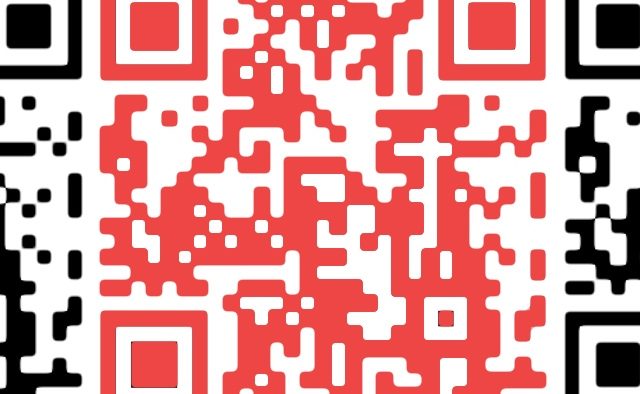4 tips for using QR codes in OOH
Share

As digital convergence muddies the boundaries between emerging and mainstream media, we are seeing a wide range of new communication solutions that deliver a deeper user experience for consumers. Quick response (QR) codes are one way advertisers can provide their audience a more meaningful interaction with their brand or product.
QR code technology was created in 1994 by Japanese corporation Denso-Wave and while it was initially developed to track parts in vehicle manufacturing, in recent years it has experienced a rebirth in the advertising world.
Over my 10 years in the media industry, I have seen many fads and trends come and go – some with great and enduring success (think LED/LCD displays in OOH), and some not so much (flash mobs).
The exciting aspect of QR codes for OOH advertising is watching media, communications and creative agencies apply lateral thinking to best utilise the interactive experience the codes can open the door to.
Of course, there are numerous other tools (like a simple SMS or short code) and technologies (like Bluetooth, Wi-Fi and NFC) that can do a similar job. And there are some challenges – assuming that access to the codes can be achieved (well-located advertisement, smartphone with camera, QR code reader app loaded, willing user), the success of the campaign, as with all media, will come down to the depth and quality of the offer attached to the code.
So QR codes are just one option for offering a richer, deeper experience to consumers. Their great advantage is they are free and very fast to develop and can be incorporated into advertising content without requiring any installed technology.
QR codes have been around for some time, but only recently have I seen a noticeable and consistent volume of codes starting to appear in media – mainly print and OOH. While early days in relative terms, even now there are clear learnings as to how to make the most of QR codes. After looking at what is happening in the market I believe the following items are the components of successful QR code campaigns in OOH:
1. Depth, quality and accessibility of the offer attached to the code
If you are asking your audience to take out their phone to scan a QR code (having already downloaded a reader app), visit your site and/or enter their details to a competition submission form, make it worth their while with a quality value proposition. Create a dedicated microsite that is mobile optimised, simple in its proposition, has a valuable incentive and is easy to use.
2. The QR code design
A standard QR code resembles a square barcode and is equally as visually un-engaging. The codes can now be designed to incorporate logos, colours and images. The creative platform is almost unlimited – use it!
3. Explaining what to do
Given not everyone has used QR codes before, it is important to explain in your ad how to (if the consumer doesn’t have an app already) download an app that can scan the codes (this is quick, easy and there is a good range of options available), and scan the code to get the offer.
This is where the depth and quality of the offer is crucial. If it is a true value proposition people will take the time to perform three quick steps to complete the experience.
4. Mobile coverage at point of scan
Due to the location-centric nature of OOH advertising, a vital component of any QR code campaign, and the biggest potential hurdle, is choosing locations where there is adequate mobile phone coverage so the user has a seamless experience in linking to your site. ‘Page won’t load’ is not the message anyone wants to see. If the mobile coverage is adequate the seamless operation of using a code earns more goodwill from the user.
Sound simple? It can be. With technology developing and NFC chips increasingly embedded in smartphones, I’m not sure that QR codes will be around forever, but for now they are worth considering. The future of QR Codes is unfolding before us and those willing to embrace this technology can cost-effectively enhance their brand’s message by dynamically interacting with their audience, making for a much more memorable experience.















